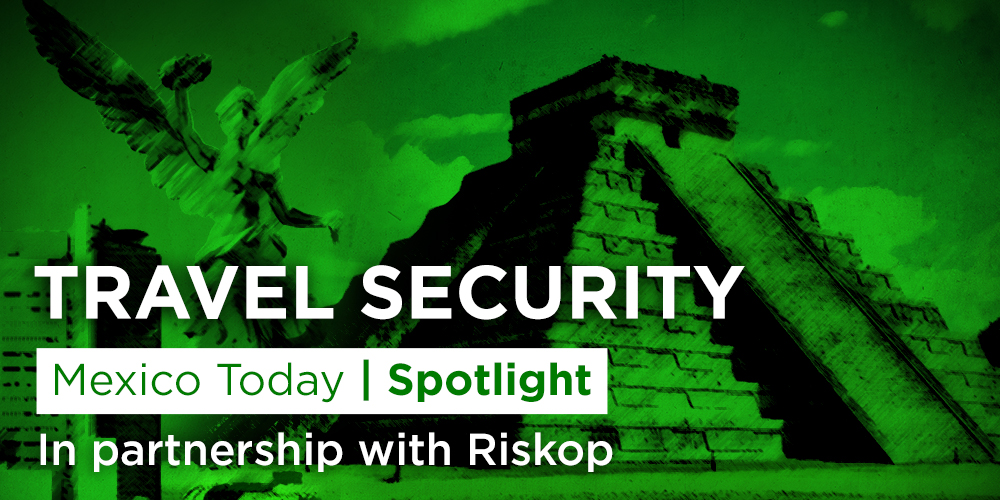 TREND: Travel to or from Mexico has been disrupted. The US State Department has issued a Level 4 Global Health Advisory, meaning that American citizens should abstain from traveling abroad. Meanwhile, the US Department of Homeland Security has issued a notification of temporary restriction of travel applicable to land ports of entry on the US-Mexico border. Given the trends,, COVID-19 outbreak in Mexico might be most prominent in big cities or popular resort towns.
TREND: Travel to or from Mexico has been disrupted. The US State Department has issued a Level 4 Global Health Advisory, meaning that American citizens should abstain from traveling abroad. Meanwhile, the US Department of Homeland Security has issued a notification of temporary restriction of travel applicable to land ports of entry on the US-Mexico border. Given the trends,, COVID-19 outbreak in Mexico might be most prominent in big cities or popular resort towns.
•The US-Mexico border has closed for “non-essential travel” (tourism and leisure activities) between March 20 and April 20. Usually, San Ysidro, Otay Mesa, and Calexico are the most popular crossings in California; El Paso and Laredo are the busiest in Texas. Different responses from local authorities (both in the US and in Mexico) to COVID-19 outbreak have been put in place regarding service at hotels, restaurants and public places and could amount to some form of curfew. Visitors should consider an emergency return to their country of origin or plan accordingly if their stay is prolonged indefinitely.
• Normally, most international visitors to Mexico arrive by plane (58% of them coming from the US, and 12% from Canada). Confirmed cases of COVID-19 have been linked to international travel, this might affect attendance to popular Mexican destinations such as Cancún, Guadalajara, Mazatlán, Los Cabos, and Puerto Vallarta. Airlines have already reduced the frequency of their flights even before governments issued stronger measures. Constantly monitor the status of your trip and be prepared for sudden changes in timetables, routes, or cancelations.
•Remote places in Mexico, especially those outside main resort towns, might not offer the best health infrastructure for visitors. Some towns like San Miguel de Allende or Los Cabos have services provided by English-speaking staff, however, in case of an emergency, medical interventions or transport to bigger cities might only be arranged in Spanish. Other places have decreed that restaurants and other businesses close temporarily.
•Check with your insurance provider about coverage in case your stay is extended, or if you have symptoms before, during, or after your visit. Comprehensive travel insurance covers situations such as accidents, hospitalization, ambulances, repatriations, antibiotics, treatment for animal/insect bites, and access to registered doctors. In light of the outbreak, insurance however might not cover related afflictions even if insurance was bought in advance, given the strong travel advisories made by authorities around the world, including the US.
TAKEAWAY: Mexico is one of the main tourist destinations worldwide, and it is about to enter the local contagion phase of COVID-19. Be aware of restrictions imposed on travelers both on points of departure and arrival. Those who put themselves at risk by visiting infected areas might lose coverage of their international traveler’s insurance. Follow national security, health guidelines, and be prepared for the eventuality of an indefinite stay.
* Riskop is a consulting firm focused on strategic intelligence and risk mitigation for investors and decision-makers in complex sociopolitical environments. It is located in Monterrey, Mexico. Twitter: @RiskopMx


